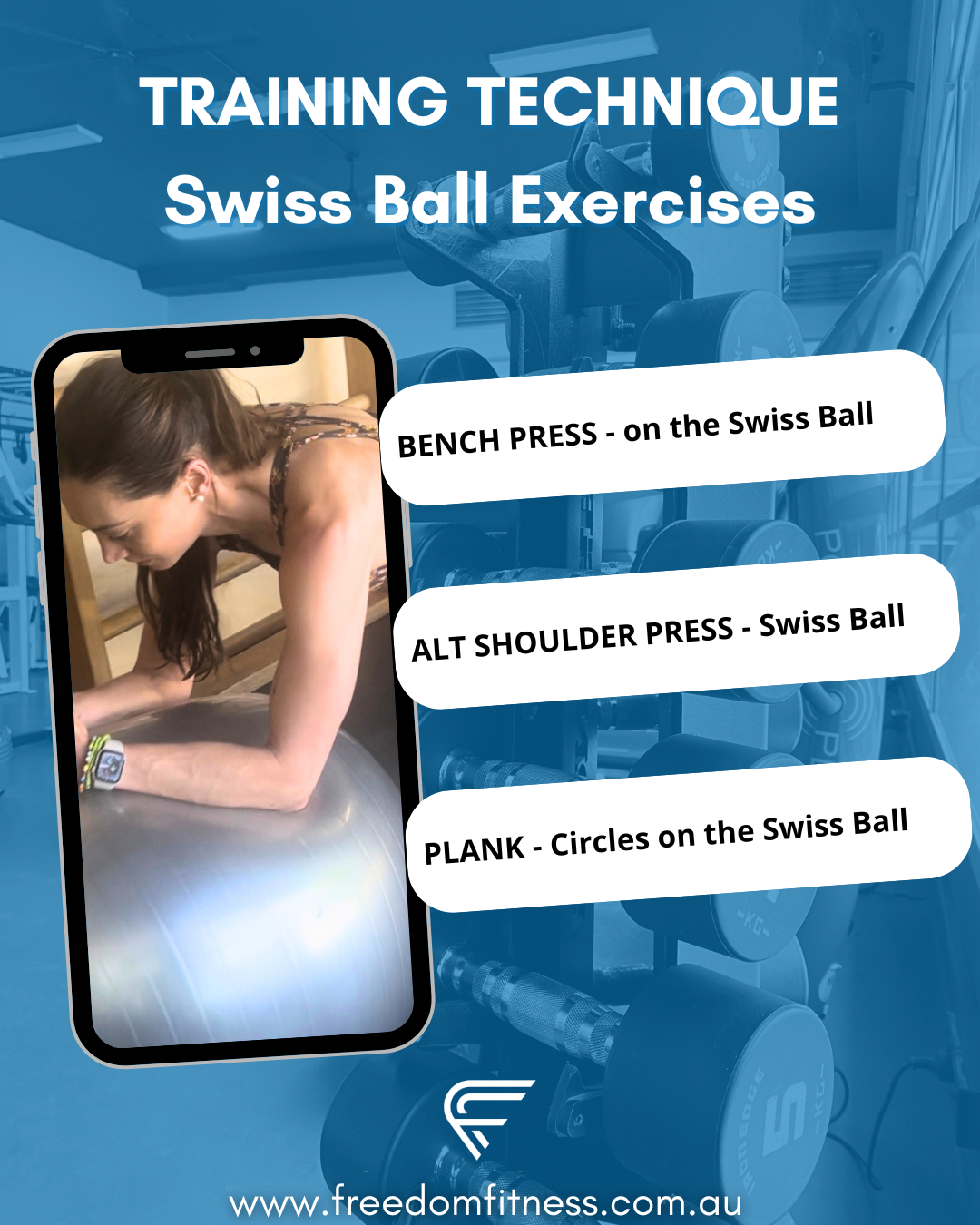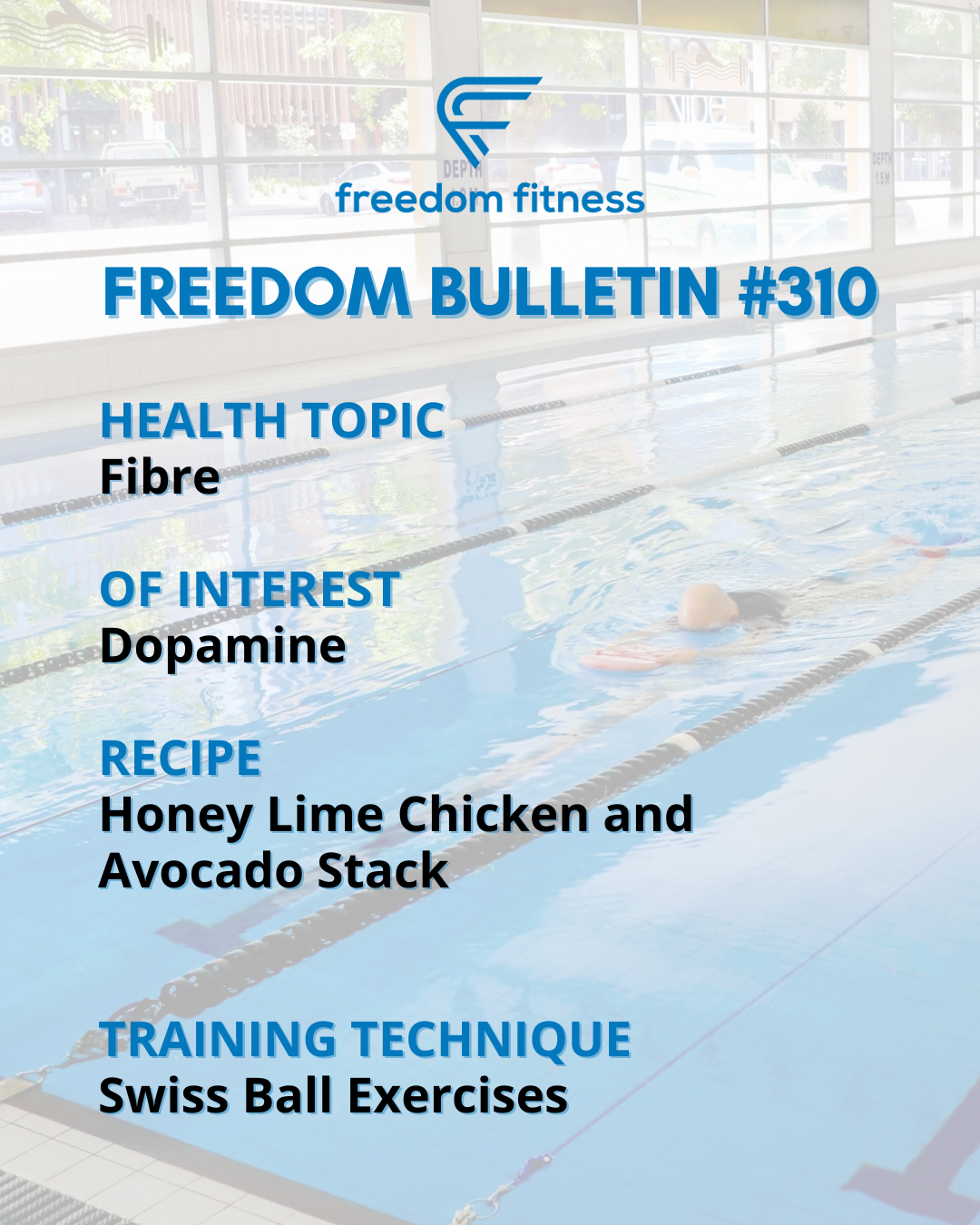August 9, 2020
Sugar

Ingredients 70 g chocolate protein powder 2 tbsp raw cacao powder (replace cocoa 1:1) 170 g smooth peanut butter 5 tbsp milk of choice (add 1 extra tbsp if mixture feels too thick) 3 tbsp maple syrup Optional: ½ tsp vanilla extract or a pinch of salt (helps balance cacao’s bitterness) For the Chocolate Topping 100 g dark chocolate (70% or higher) 1 tsp coconut oil Instructions Step 1 Mix the peanut butter, maple syrup and milk in a large bowl. Step 2 Add the protein powder and cacao and mix to form a smooth dough. Step 3 Roll out between two pieces of baking paper to your preferred thickness. Use a Christmas tree cookie cutter to cut out Christmas tree shapes. Freeze for 30-60 minutes Step 4 Break up the dark chocolate into a heat-proof bowl and add the coconut oil. Melt in the microwave, then drizzle on top of the chilled brownies ensuring the sides are covered. Step 5 Freeze again for around 10 minutes or until the chocolate is set. Nutrition and Cooking Times Prep time: 30 minutes | Freeze time: 60 minutes | Total time: 1 hour 30 minutes Nutrient Value: Calories: 210kcal | Protein: 10g | Fat: 18g | Carbohydrates: 13g



